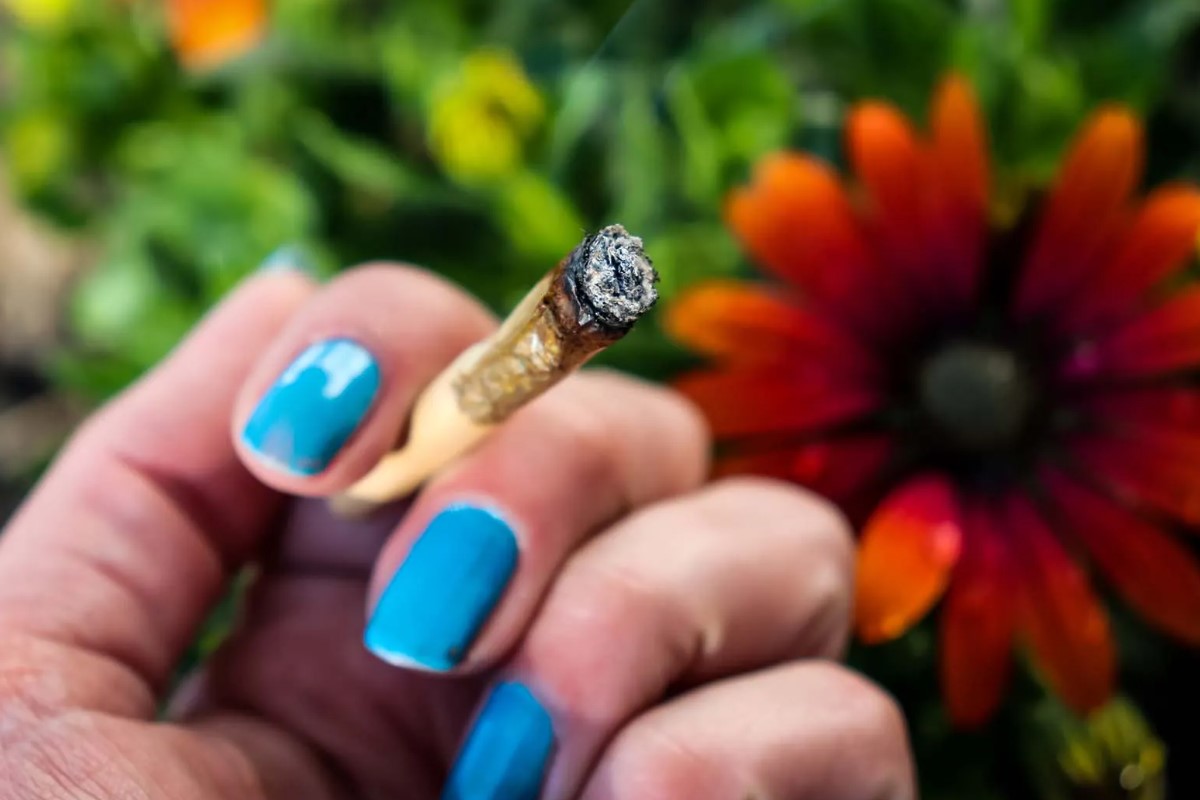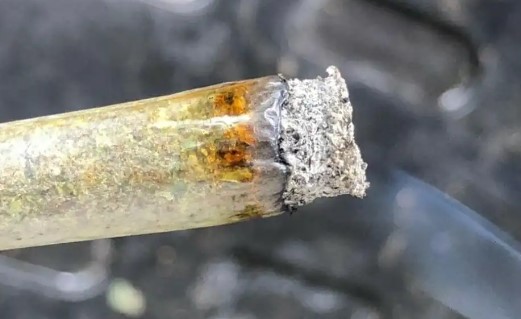The Origin of the “White Ash vs Black Ash” Myth and Its Implications for Cannabis Quality
The enigmatic origins of the “White Ash vs Black Ash” myth have puzzled cannabis enthusiasts for years, leaving a trail of speculation and intrigue in its wake. Some theories suggest a connection to the Catholic tradition’s use of ash color to signify the selection of a new Pope. Over the centuries, this practice has witnessed the emergence of white smoke symbolizing a successful consensus and black smoke indicating an ongoing deliberation. However, the genesis of the myth remains shrouded in uncertainty.
One undeniable fact, though, is the enduring perception within the cannabis community that the color of ash can unveil the hidden secrets of marijuana quality. Yet, this belief, much like a captivating tale passed down through generations, raises questions about its accuracy. In the quest to demystify the “White Ash vs Black Ash” cannabis conundrum, we embark on an exploratory journey to dissect its essence and significance.
Deciphering the Essence of the White Ash vs Black Ash Myth
To embark on this journey of unraveling the “White Ash vs Black Ash” myth, a comprehensive understanding of its essence is paramount. Those who ardently uphold this myth maintain that the hue of the ash produced when a joint is smoked acts as a litmus test for cannabis quality. A prevailing notion asserts that the presence of light grey or white ash signifies superior-grade cannabis, while the manifestation of black or dark-grey ash hints at inferiority, possibly stemming from chemical manipulation. It is within this intricate tapestry of beliefs that we seek to untangle the threads of truth.
The Quest for Purity: Unveiling the Notion of White Ash’s Cleanliness
Delving into the realm of why the proponents of white ash passionately champion its purity, a compelling narrative emerges. The crux of their argument rests on the premise that meticulous flushing and curing of cannabis plants yield a pristine end product, characterized by a combustion process that begets white or light grey ash. This purity, they contend, serves as the hallmark of premium cannabis, ideal for consumption and boasting unadulterated potency. Conversely, the darkness of ash is purportedly linked to inadequate flushing or excessive fertilization, resulting in an impurity-laden cannabis experience. The interplay between cultivation practices and ash color becomes a focal point of our investigation.
Flushing and Curing: The Crucial Steps in Cannabis Quality
Amid the discourse on ash color’s ties to cultivation practices, the significance of flushing and curing emerges as a pivotal juncture. Flushing, a term widely known in horticulture, finds its unique application in the cannabis realm. It involves the deliberate act of irrigating cannabis plants exclusively with water during the final weeks before harvest. This strategic maneuver aims to purge the plant of accumulated fertilizers, chemicals, and nutrients, thus fostering a canvas of high-quality, robust cannabis. However, the intricacies of flushing, as a direct influencer of ash color, stand contested.
Curing, the meticulous art of safeguarding cannabis post-harvest, assumes center stage in the narrative. Its role in preserving the integrity of cannabinoids and terpenes, while shedding extraneous compounds, distinguishes it from mere drying. Proponents of the myth emphasize that improper curing may lead to lackluster combustion and the emergence of black ash. Yet, amidst the discourse, dissenting voices cast doubt on the exclusive link between curing and ash color.
Combustion’s Chromatic Influence: Unveiling the Ash Color Connection
Amidst the complexities of cultivation and curing, the combustion process itself emerges as a defining factor in the ash color equation. Scientific research underscores the role of temperature in combustion, unveiling a dichotomy that underpins ash color variation. Higher combustion temperatures contribute to the efficient consumption of organic matter, yielding a low nitrogen concentration and, consequently, a spectrum of clear ash colors. Conversely, lower combustion temperatures yield incomplete combustion, resulting in darker ash hues. Thus, the canvas upon which ash color unfolds is not solely painted by cultivation practices, but rather by the orchestration of combustion’s symphony.
The Unending Saga: Navigating the White Ash vs Black Ash Debate
Intriguingly, the discourse surrounding the “White Ash vs Black Ash” myth shows no signs of abating. A confluence of compelling arguments from both ends sustains the debate, perpetuating its allure. Yet, cannabis connoisseurs need not tether their evaluation of cannabis quality solely to this mythic dichotomy. Alternative avenues, each offering unique insights, beckon to those seeking a nuanced understanding of their buds’ caliber.
Scent as the Oracle: Discerning Quality through Terpene Aromas Within the realm of sensory exploration, the aroma of cannabis emerges as a potent indicator of quality. Cannabis varieties replete with robust terpene profiles exude scents that transcend the mundane. A bouquet brimming with aromatic terpenes signals the presence of high-quality cannabis, offering a sensory journey that parallels the mythic quest for white ash.
Crystalline Splendor: The Kief’s Glimpse into Cannabis Excellence
As the myth of ash color gives way to alternative markers of excellence, the spotlight turns to kief—a shimmering testament to cannabis quality. The crystallization of kief, manifest as delicate trichomes glistening in the light, provides an insightful glimpse into a cannabis plant’s potency and allure. Observing the presence of these crystalline formations becomes a telltale sign of premium quality, transcending the boundaries of ash color speculation.
Texture: The Eloquent Enigma of Cannabis Quality Cannabis texture, a tactile dimension often overlooked, emerges as a harbinger of quality. The discerning touch of a connoisseur unravels the tactile narrative woven by nature. A delicate balance must be struck, for a dry texture resonates with ideal quality, while excessive dryness heralds the wane of cannabinoids and terpenes. In contrast, a fluffy texture hints at moisture excess, unraveling an alternate facet of the cannabis story.
Conclusion:
Beyond the Dichotomy, Embracing Holistic Evaluation The grand tapestry of cannabis quality defies confinement within the binary realm of white ash and black ash. With every inhalation, enthusiasts venture beyond mere dichotomies, embracing a holistic narrative woven from the intricate threads of scent, texture, and crystalline elegance. As the embers of the white ash vs black ash debate continue to smolder, the cannabis journey remains an odyssey of discovery, inviting connoisseurs to uncover the diverse dimensions that define exceptional quality. In this quest, the mythic allure of ash color surrenders to a kaleidoscope of sensory revelations, each a brushstroke on the canvas of cannabis excellence.



